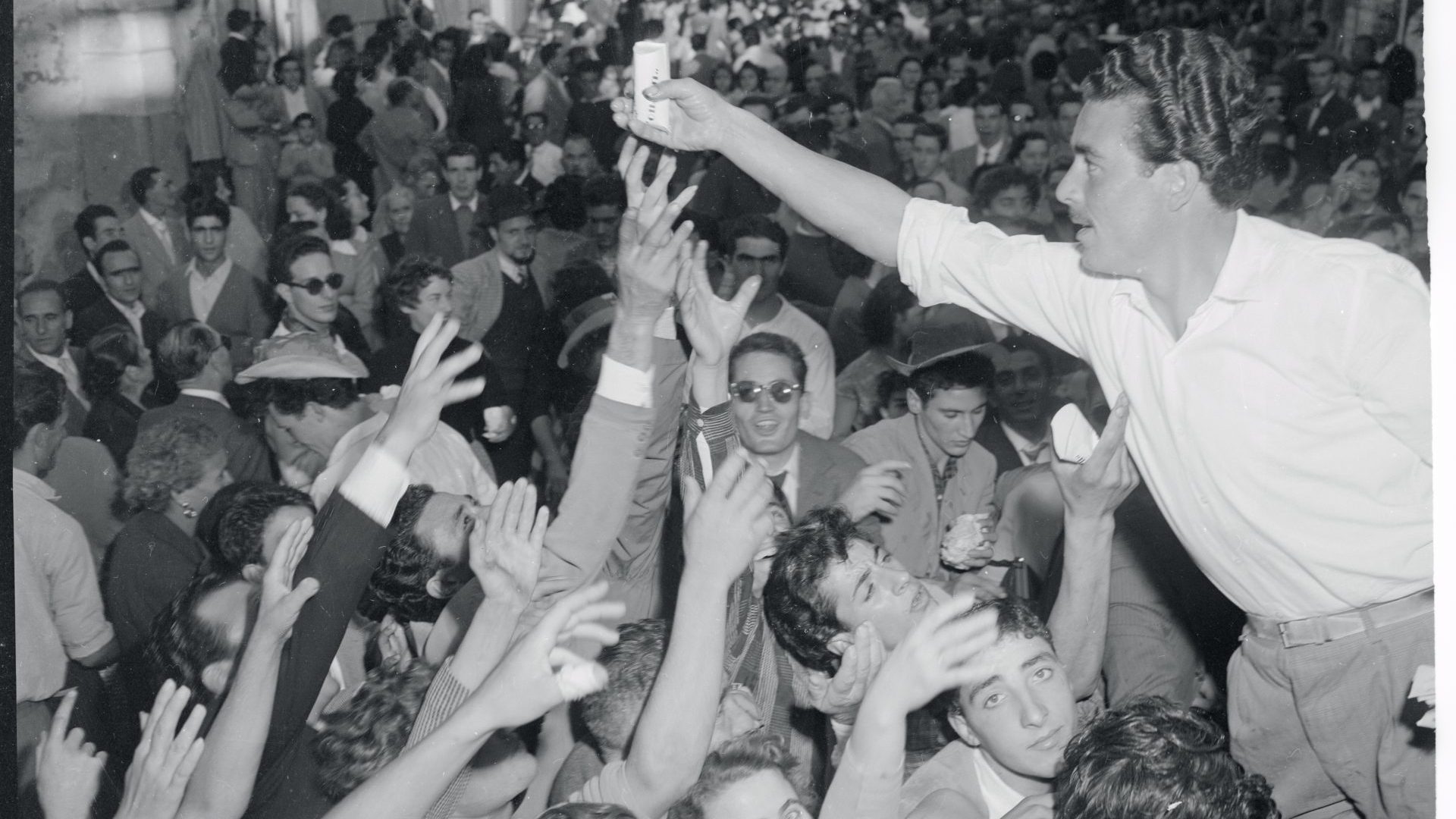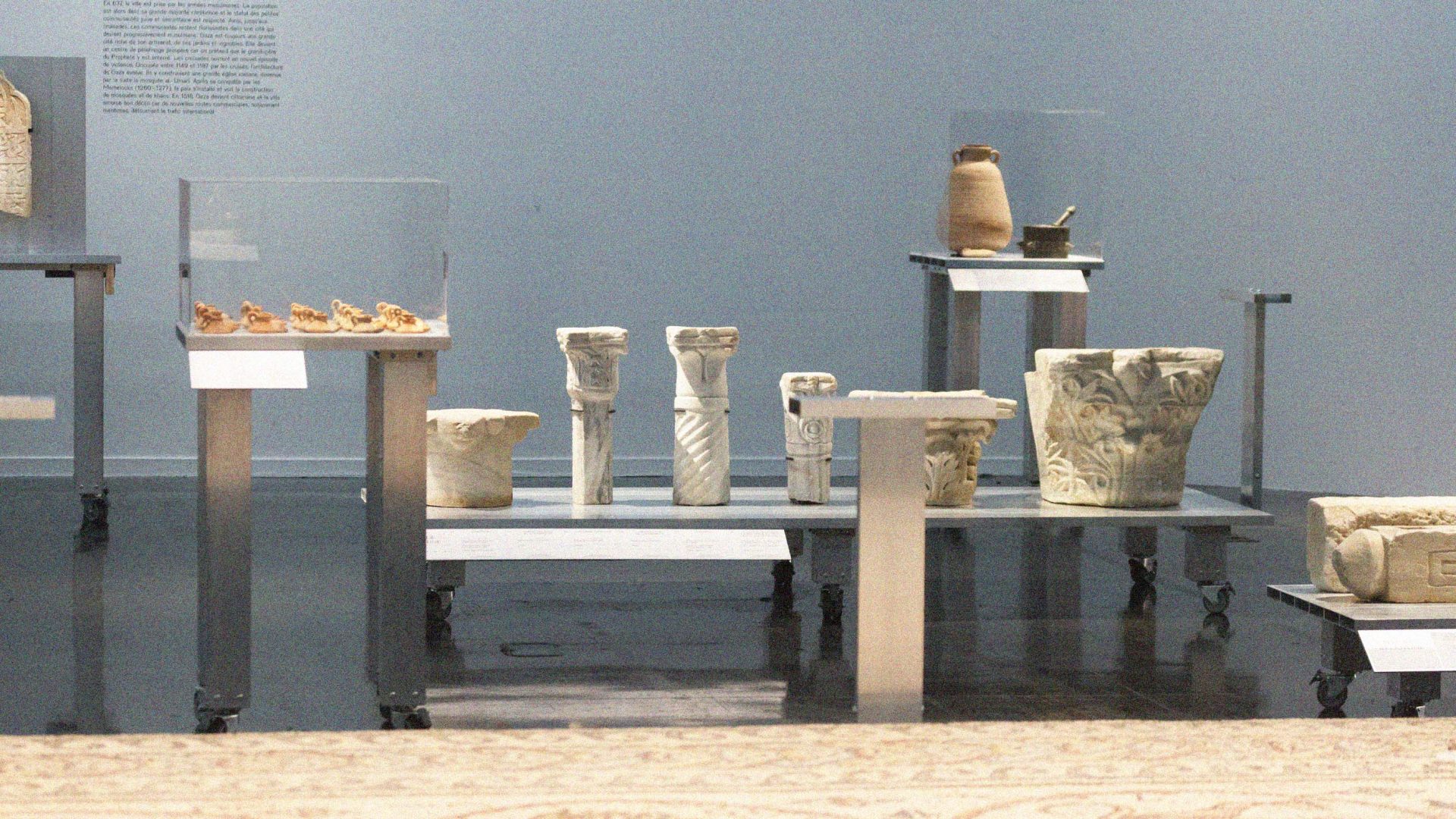Turning 100 this year, Italy’s oldest wine festival, the Sagra dell’Uva, celebrates in the most Italian way imaginable – with fountains overflowing with wine.
Every year, from late September to early October, the sleepy hilltop town of Marino transforms into a festival seemingly designed by Dionysus. Wine stalls line the streets, music fills the air, people dance with abandon, and, to top it all off, vino rosso gushes from two central fountains.
Living only 20 minutes away, I’d have had to give myself a stern talking-to if I had missed it. I left the peace and comfort of home and, a short while later, found myself swept up in chaos.
As a wine lover I’ve been to my fair share of festivals dedicated to the grape. But this one was unlike any other. There was nothing uppity about the Sagra dell’Uva. This was raw, authentic, thirsty, and, most importantly, rooted in community.
People sipped the local wine from plastic cups. Parades celebrating the town’s history wound their way through the main square. Local singers took to the stage. It was a mishmash: part homage to wine and tradition, part unrestrained party.
“It’s the busiest I’ve ever seen it this year and I’ve been coming here since I was 20,” a middle-aged woman told me, nursing a cup of wine as we waited for a procession to go by. “Each year it gets busier and busier, but I look forward to it every year.”
According to local sources, the Sagra dell’Uva was the brainchild of Leone Ciprelli back in 1925. He wanted to breathe new life into Marino’s economy through a celebration of the town’s spirit, traditions, and history.
Ciprelli wanted the festival to honour two things closely linked to Marino and to October – the grape harvest and the victory at the Battle of Lepanto.
It was decided that the festival would take place on the first Sunday of October, in memory of the Holy League’s triumph of October 7, 1571, when the Christian fleet defeated the Ottomans.
“I’m from this area and usually there’s not a lot to say about it,” said one local, Claudio Pantalone. “Some of the buildings are very old, and some of the streets are very narrow and hard to get a car down. The whole of the Castelli Romani often gets overlooked by tourists in favour of Rome, as it’s only 30 minutes away.
Suggested Reading


The price of saving Italian risotto
“But when this festival is on it’s like the whole world is in Marino, and it makes me proud to be here.”
The wine fountain is known as the fontane che danno vino (“the fountains that pour wine”). Yet again, this idea came from Ciprelli, who drew inspiration from an old custom of the noble Colonna family. During their lavish celebrations, the Colonnas were known for using statues and fountains to serve wine instead of water, an expression of their excess and grandeur.
The fountain was going to start at 17.30, and hordes had already gathered around two hours in advance – children were on their parents’ shoulders, young adults had their phone cameras poised at the ready for Instagram, and I was guilty of the same eager anticipation.
When the first drop spilled, the crowd went wild. Forget the Trevi – this is the fountain you need to see when in Rome.
Jessica Lionnel is a freelance journalist living in Rome




